Most of us know you can use assets in a retirement investment account or an annuity to generate income during retirement. But did you know you can use certain kinds of life insurance policies to do the same thing?
What kind of life insurance?
There are two primary types of life insurance: term and permanent. To use an analogy, think of a term policy as renting a home, and think of a permanent policy as buying a home. Similar to building equity in a home you are buying, permanent policies usually have a feature where they accumulate money inside them called Cash Value. In the same way that a mortgage payment is divided into principal (equity) and interest (the cost of the loan), the premium payment for a properly designed permanent life policy is divided into Cash Value (equity) and the cost of insurance (paying for the actual death benefit). In addition to your own money, the insurance company typically credits your policy with interest or dividends each year, so the Cash Value grows over time.
Note: There are different types of permanent policies (for example, Whole Life, Universal Life, Variable Universal Life, etc.) and they each have their plusses and minuses. Describing the differences would be lengthy and outside the scope of this article. For simplicity’s sake, I’m going to base the rest of this article on Universal Life.
So far, it sounds like an expensive savings account. What am I missing?
Using a life insurance policy to accumulate savings has some key differences from a savings account at your bank. First, the life policy offers tax deferred growth. In a bank savings account, you must report the interest you earn every year and pay income tax on it. The Cash Value in a life policy gets to grow tax deferred, just like in a qualified retirement account. Without having to pay taxes along the way, your money grows faster.
Second, the interest rate that an insurance company pays is typically much higher than the interest rate that a bank will pay on a savings account. For example, at the time of this article, the national average interest rate on a bank savings account is 0.06%1, whereas universal life policies typically average around 3%-5%.2
The biggest difference between Cash Value and a bank savings account has to do with taking the money out. With a bank account, you can only take out the dollars that are there, but there is a way to take money out of a life policy that is leveraged3.
OK, how do I get the money out?
Although the insurance company would allow you to simply withdraw the cash value, that option has a big drawback. The amount of gain in the policy (the current cash value minus the dollars you contributed along the way) would be taxed at ordinary income tax rates. There is a better option.
Insurance companies offer a way to borrow against the cash value in your policy. The proceeds from the loan are tax-free. It is important to note that you are borrowing against the cash value, not from the cash value. That means your entire cash value balance continues to earn interest. Contrast that with any other type of account, where when you withdraw money, the only portion of your money that continues to earn is the money remaining in the account.
Just as with most loans, you must pay interest on the amount you borrow. The life insurance company will typically charge 4%-5% interest. However, the cash value continues to earn 3%-5% interest, so your net cost for the loan might only be 0%-1%. No other vehicle I know of allows you to do this!
But when I’m retired, isn’t taking out a loan a bad idea?
Typically, we want to reduce our fixed expenses during retirement. And typically, adding a fixed loan payment to our retirement budget would indeed be a bad idea. However, taking a loan from your life policy doesn’t add any payments to your budgets. None. In fact, the insurance company doesn’t even expect you to repay this loan during your lifetime. At your death, the loan will be paid off from a portion of the death benefit, while the remainder will go to your beneficiaries. In a well-designed policy, your death benefit will grow over time. This should allow you to borrow tax-free income every year during retirement, pay off the loan when you die, and still have a sizeable death benefit remaining for your beneficiaries.
One small but important caution
What makes this entire strategy possible is the way life insurance proceeds are taxed. Loans taken against the policy are not taxed, nor is the death benefit taxed when received by your beneficiaries. If you take out too much money from the policy and don’t leave enough inside to pay the continuing cost of the policy, the policy will lapse (meaning the insurance company will cancel the policy). If that happens while you are still alive, then the IRS wipes out all of the tax benefits, and all that money you took out becomes taxable. That is a tax bill you want to avoid at all costs.
How do I add this strategy to my retirement plan?
Designing a policy correctly requires experience and advanced training. Many agents who only sell policies and don’t do financial planning may not be properly trained in the intricacies of this strategy. Make sure you get your policy from a reputable advisor who fully understands this strategy, and who can show you how it fits into the rest of your financial plan. This is not the kind of policy you want to buy over the internet or from an 800 number!
https://www.valuepenguin.com/banking/average-bank-interest-rates
Kelly, Patrick. (2007). Tax-Free Retirement
Dictionary.com defines leverage as “the use of a small initial investment, credit, or borrowed funds to gain a very high return in relation to one's investment, to control a much larger investment, or to reduce one's own liability for any loss.” http://www.dictionary.com/browse/leverage

